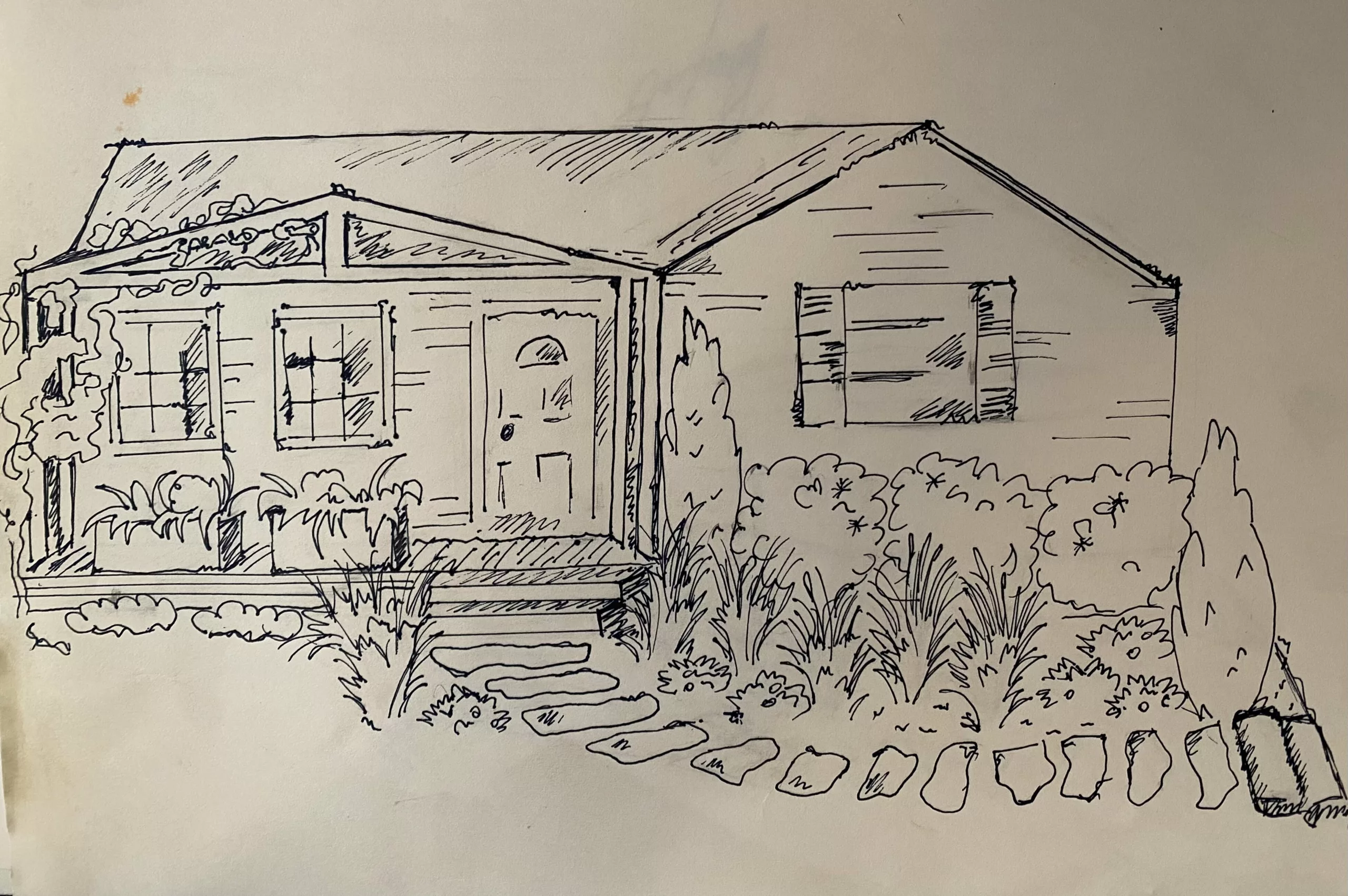Creating your own, backyard vegetable garden has a bucket-full of benefits. Gardening is therapeutic, homegrown produce has better flavor and nutrition than store-bought produce, and (if you’re committed enough, you can even save money! Let’s get started!
Creating and maintaining a full vegetable garden is often overwhelming for people new to gardening. We say this because the task requires a significant amount of time and commitment.
If you’ve recently started gardening and are looking to start a vegetable garden, follow the given steps.
Start Small
While growing your own vegetable garden sounds exciting, try to start small.
Be sure to learn some basic gardening tips before you jump to this idea. Find out how much time you can give to weeding, watering, and tending your plants. Also, you need to determine how much you need to produce your family can eat over a specific period.
For beginners, a 6×6 ft. vegetable garden is a good size. Start with the four to five types of veggies to plant. Growing some leafy greens in containers is also a good way to take a start.
Plant Veggies You Like to Eat
Ask yourself what vegetables you like the most. Your answer will help you determine what you can start planting in your vegetable garden. It’s important that you’re picky about the crops you’re growing.
Each plant variety comes with some unique characteristics. Some veggies grow well in small gardens, others need heat or cold resistance. Look into the care and size needs when choosing vegetables.
When you plant both warm and cool weather veggies together, you get a diverse harvest, including different herbs and vegetables. It also means that you get a small harvest during each season. If you start a garden in early spring, grow radish, peas, carrots, lettuce, and broccoli.
Choose the Right Landscape Design
Regardless of what you want to plant in the garden, you need to keep two basic requirements in mind: light and water. The landscape design of your vegetable garden should support the growth of plants. Put simply; vegetables grow faster when they receive ample sunlight.
Most fast-growing veggies require six to eight hours of sunlight. This is especially true if you want to grow sun-loving plants. Make sure to plant vegetables like spinach, kale, parsley, lettuce, and thyme if your garden has enough shade.
For sunny patios, container gardening is suitable. This way, you can plant sun-loving vegetables such as beans, dill, basil, and beans.
Provide your vegetable garden with plenty of water. During germination, your vegetable crop will need frequent watering. Once the plants grow out, give your yard a thorough watering twice or thrice a week. When water goes penetrates the soil, it encourages better growth. It also improves access to nutrients.
Plant in Rich Soil
For the best harvest, your veggie garden requires high-grade soil. Healthy soil drains well and is easy to dig. Check the soil with your hands. If it feels gritty, it is mostly sand. When the soil is sticky, it is mostly clay. If it’s powdery, it includes excessive silt.
Ideally, you should use a combination of silt, sand, and clay. Use the specific proportions of these soil types after determining the garden soil’s texture.
Remember that the texture can affect nutrient availability and drainage. You can improve the quality of the soil by adding organic matter to it. Use sandy soil as it has large particles that allow nutrients and water to run through gaps quickly.
Prevent From Diseases and Pests
Protection from plant diseases and plant pests is crucial to keeping your veggie garden healthy and booming. While some issues require a special plant pest control solution, you can follow this guideline to keep bugs away from your vegetables.
Stop weed growth in its tracks- weeds compete with your vegetable crops for nutrients, water, and light. Use compost, mulch, or plastic to prevent weeds from growing. Eliminate weed seedlings with the help of a hoe.
- Deter Insects– Clear your garden by picking larger insects such as a caterpillar. It is an easy way to deter insects if your garden has a minor infestation.
- Fight Fungus– Fungal diseases are common in vegetable gardens. You can reduce the risk by watering the soil instead of leaves.
- Use Eco-friendly Products– Organic products work best for healthy plant growth. Use natural ingredients and insecticidal soaps for your plants.
Summing Up
The idea of creating a vegetable garden doesn’t have to be overwhelming if you follow this barefoot guide. The easy-to-follow tips can help you grow and take care of your veggies so that you can enjoy a great harvest.







